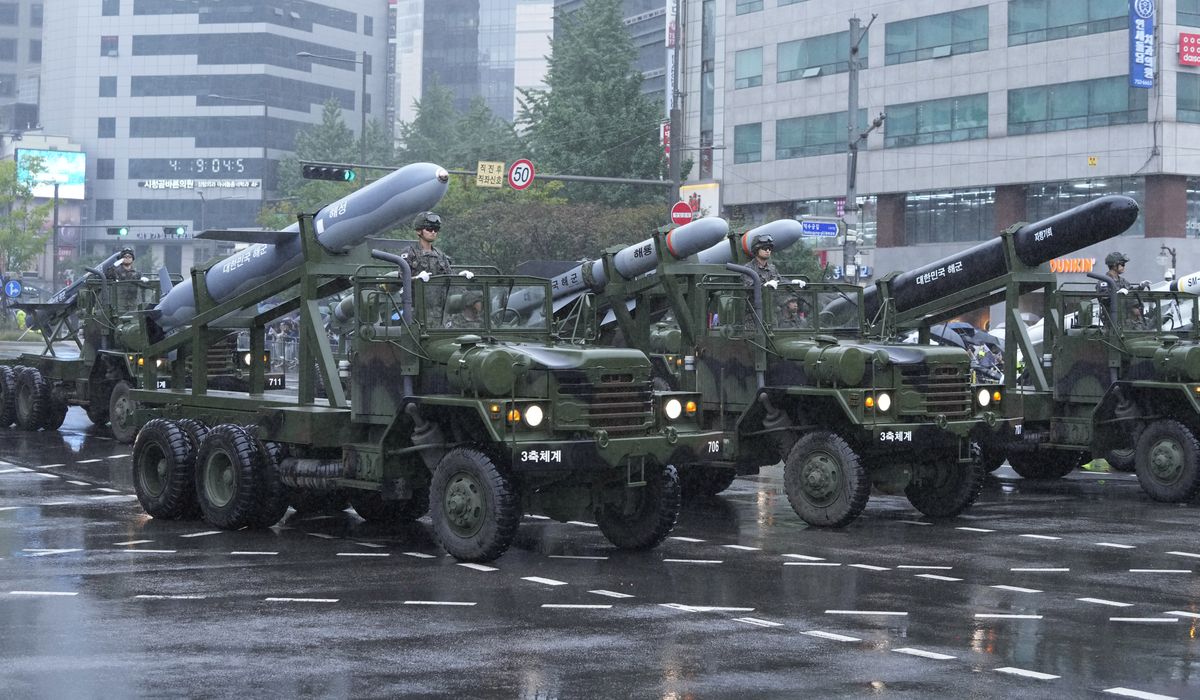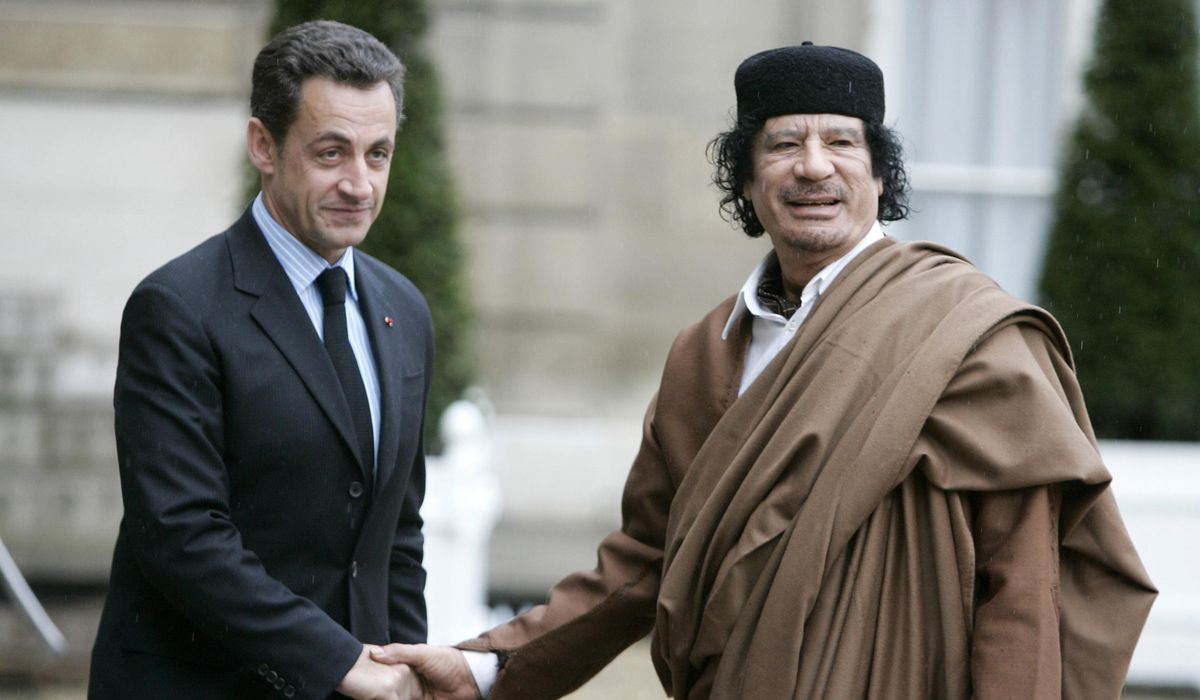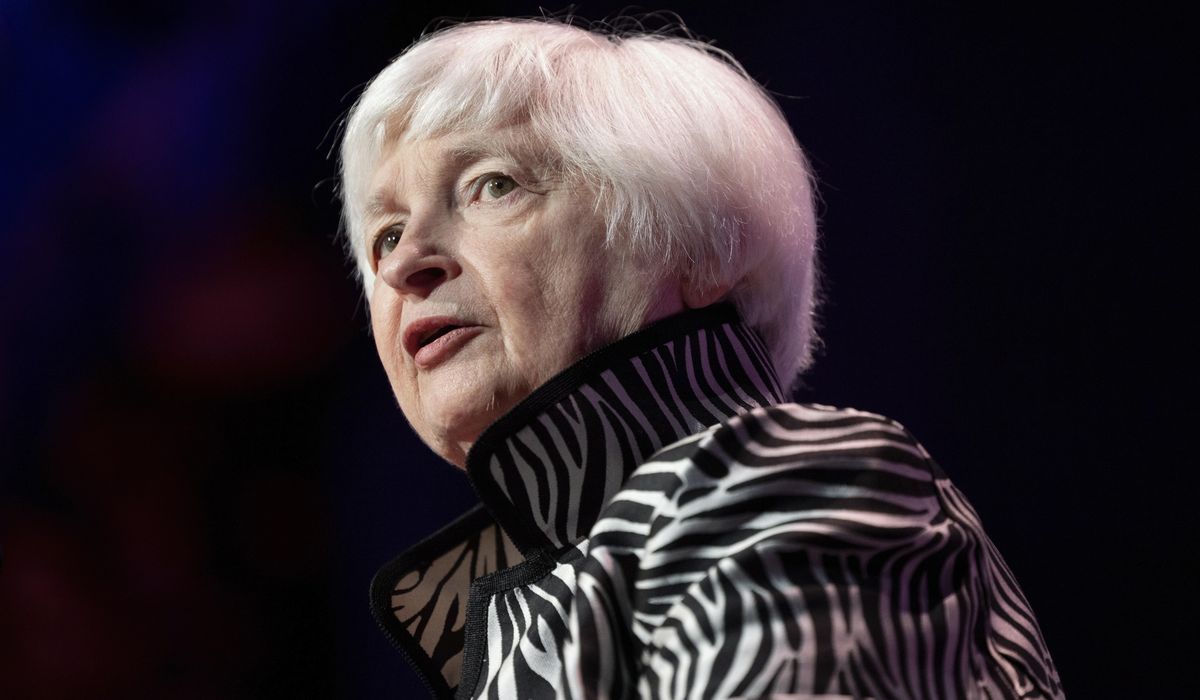, and pageantry The North Outshines the South in Military Ceremony and Splendor
September 27, 2023 | by Kaju

SEOUL, South Korea — Central Seoul echoed to the tramp of marching boots and the rumble of tank engines as, for the first time in a decade, a military parade wound through the capital to mark Armed Forces Day.
While massed troop formations are a common spectacle in North Korea’s capital of Pyongyang, South Korea’s parade showed that the richer half of the divided peninsula has some catching up to do when it comes to military spectacle.
The South Korean display was resurrected by conservative President Yoon Suk Yeol, a hardliner against North Korea. At the reviewing stand, he echoed a warning aired by President Joe Biden in April.
“If North Korea uses nuclear weapons, its regime will be brought to an end by an overwhelming response,” Mr. Yoon said.
North Korean leader Kim Jong Un, however, may take some comfort: His impoverished, isolated nation boasts no export powerhouses, global brands or soft power. But superbly choreographed parades and displays of monster missiles are a rare competitive advantage for Pyongyang.
Observers noted the marching skills of South Korean soldiers were far inferior to the goose-stepping North Koreans. That may be because South Korean conscripts serve just 18 months, while their potential adversaries in the North’s armed forces serve for a decade.
Missile firepower displayed was equally uneven, with the North’s menacing array of missiles far outshowing what South Korea put on display Tuesday. Still, there was one upside for the Yoon government.
The Ukraine war is proving a bonanza to Seoul’s military industrial complex, and today’s event showcased multiple high-tech killing machines.
Wet and out of step
The war gods rained on Seoul’s parade Tuesday, and though flag wavers lined the route, photos shot from the wealthy capital’s towering high rises revealed thin crowds lining the streets.
Some fretted that many of the reported 3,700 South Korea troops marching were unable to keep in step.
“The marching seemed more like a training exercise compared to the precision of North Korean soldiers,” said Chad O’Carroll, CEO of consultancy Korea Risk Group, who watched both the Seoul parade and a pre-parade drill at an airbase outside city limits.
A planned fly-by of helicopters and advanced jet fighters was cancelled due to rain, leading to more questions about preparation and military readiness.
“I don’t get why” it was called off, Mr. O’Carroll said. “You have to practice in real-world conditions.”
Drones, he noted, were excluded from a joint Korean-U.S. special forces exercise this year, as some had malfunctioned on a previous drill.
Chun In-bum, a retired general who formerly led the South’s special forces, pointed to one reason North Koreans march better then South Koreans: Their service is longer, so they drill more.
“South Korean soldiers don’t serve long enough to learn their job,” added Steve Tharp, an ex-U.S. Army lieutenant colonel retired in Korea. “You have a sergeant who has been in the army less than 18 months; I made sergeant in 36 months and that was considered quick.”
South Korean presidents also face democratic pressures that Mr. Kim in Pyongyang never has to confront.
“I blame the politicians and the mothers who have gotten the draft down from 36 months to 18,” Mr. Tharp said.
And national muscle is withering in South Korea, say old timers.
“Guys like me lived in an authoritarian state, when we used to do all this well,” Mr. Chun said, a reference to themilitary regimes that ruled the South until democratic rule was reestablished in 1987.
Mr. Tharp added that conscripts of the 1960s, 1970s and 1980s lived a more spartan existence than the prosperous, middle-class youth of today’s South Korea.
“Authoritarian states are good at parades, non-authoritarian states are incapable,” said Mr. Chun, who noted that the planning for today’s parade was rushed. “To do something like this, you really need to push your troops.”
Authoritarian states “want to project power not just to neighboring countries but to their own citizenry,” said Douglas Nash, a historian and expert on Hitler’s armed forces. “They command a lot of attention.”
Even the weather favored the North: While Seoul’s display took place on a grey afternoon, Pyongyang’s parades — recalling torch-lit Nazi marches — commence after dusk. It’s impressive.
“They started these in October 2020, installing massive new stadium lighting rigs in [Pyongyang’s] Kim Il Sung Square, and they do fly-bys, LED lights and fireworks,” said Mr. O’Carroll. “The aesthetics are much better than a daytime parade.”
but does putting on a good parade make for a better fighting force?
Mr. Nash, a retired US colonel, notes that Hitler’s personal SS bodyguard, the Leibstandarte, transitioned from ceremonial troops into one of Germany’s most effective – and brutal – Panzer divisions. But more recent practice offers a very different perspective.
“Drill is impressive to see, but does not transition to combat efficiencies, as you see in Ukraine,” said Mr. Nash. “The 1st Guards Tank Division is one of Russia’s key parade units, but [it] did not perform that well on the battlefield.”
A market for arms
Tuesday parade in Seoul reportedly involved some 170 separate pieces of weaponry, but the missile competition with the North proved not much of a contest: Seoul’s intermediate-range, conventional Hyunmoo ballistic missiles are far less imposing visually than Pyongyang’s hulking, nuclear-capable Hwasong intercontinental ballistic missiles.
While North Korea may be preparing to barter weapons with fellow pariah Russia, U.N. sanctions prevent it from selling arms on the global market. That’s definitely not the case for South Korea, whose gleaming high-tech economy has found a new export outlet in the security world.
Seoul showcased systems including drones, tanks and self-propelled guns and has seen arms sales soar since Russia invaded Ukraine in early 2022. According to the Swedish International Peace Research Institute, South Korea in 2021 had 2.8% of global weapons sales; two years later, that had risen to 3.7 percent.
A massive package sale to Poland of armor, artillery and warplanes is estimated at over $18 billion. Seoul has also sent a half-million 155mm shells to the Pentagon to replenish depleted U.S. stocks.
RELATED POSTS
View all


